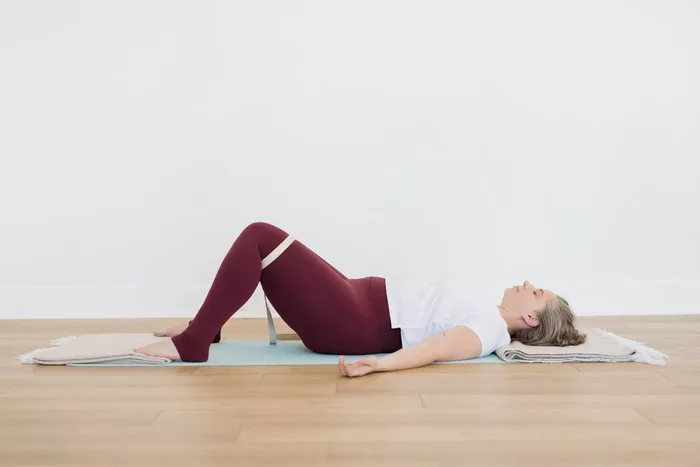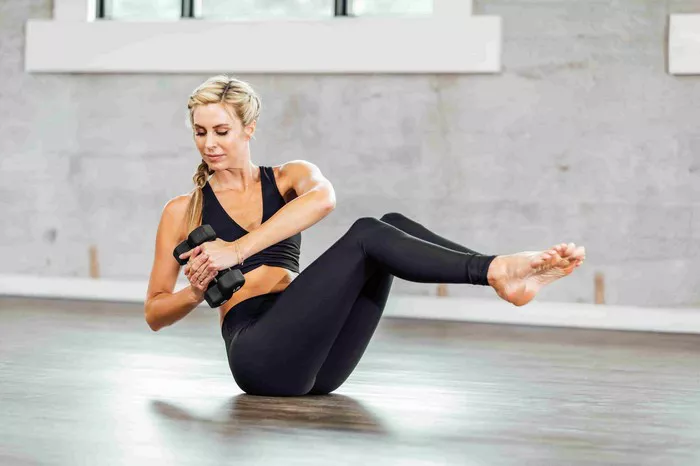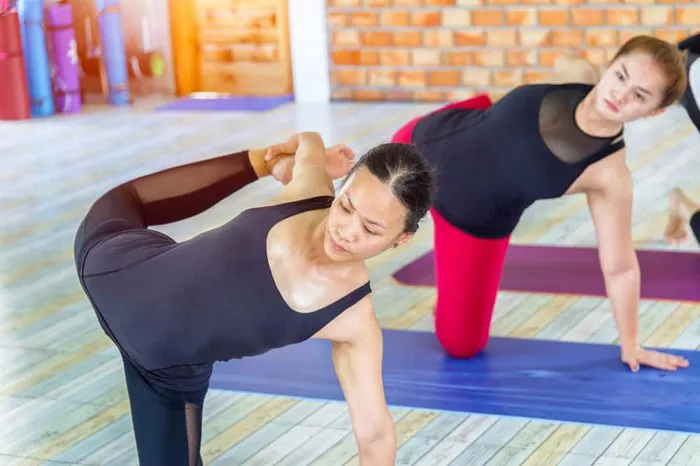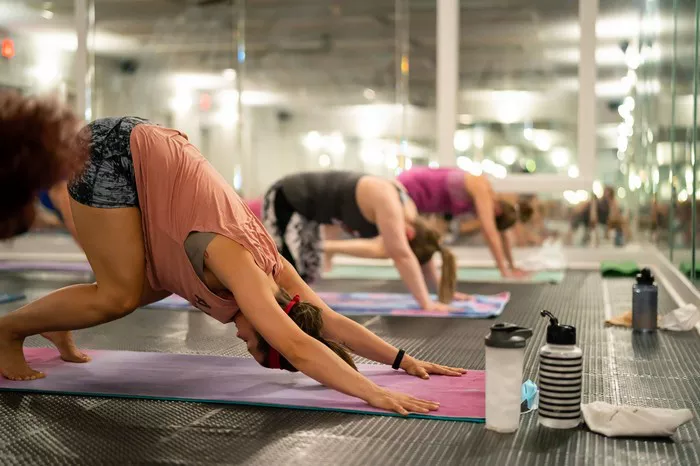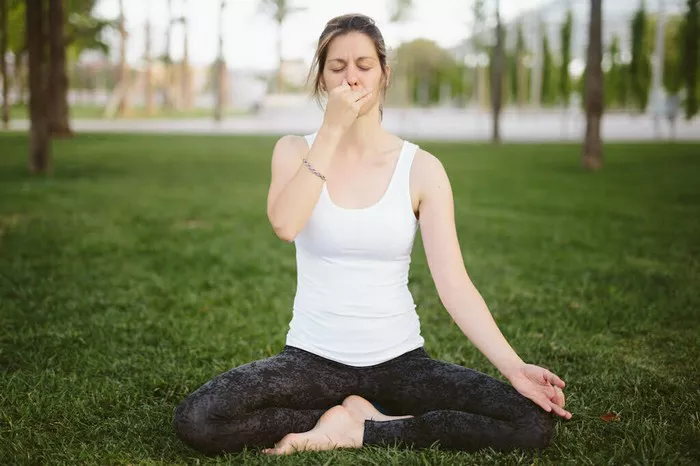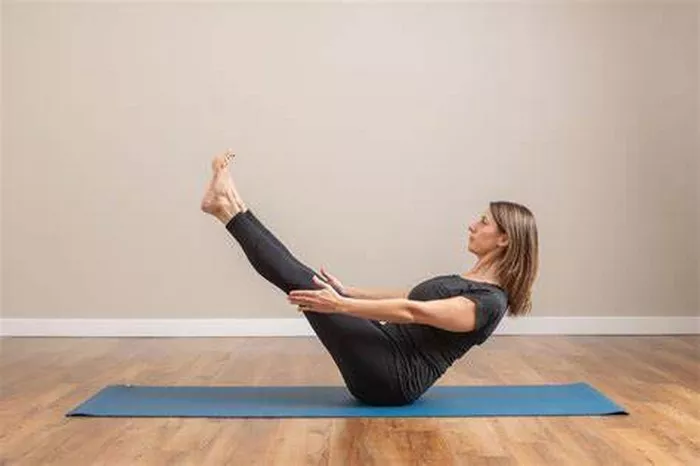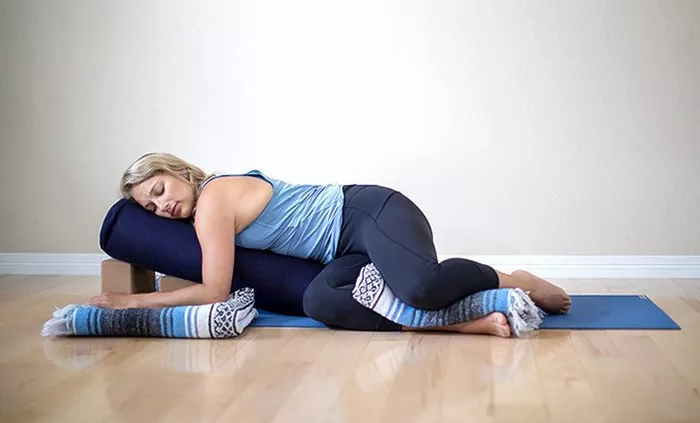Siddha Yoga is a unique and powerful spiritual practice that integrates various aspects of yoga to lead individuals toward self-realization, inner peace, and the realization of their highest potential. Rooted in ancient teachings and infused with modern elements, Siddha Yoga is an expansive system that incorporates meditation, mantra chanting, breathwork, and asanas to bring a deep sense of well-being. It offers profound tools for personal transformation, focusing on awakening the inner energy and cultivating spiritual awareness.
In this article, we will explore how to practice Siddha Yoga in a structured and approachable way, breaking down its core principles, techniques, and the profound benefits it offers. Whether you are a beginner or an experienced practitioner, this guide will help you understand the path of Siddha Yoga and its transformative impact on your mind, body, and spirit.
Understanding Siddha Yoga
Siddha Yoga, often referred to as the “Yoga of Perfection,” focuses on the awakening of latent spiritual energy within the practitioner. The word “Siddha” means perfection or attainment, and it is derived from the Sanskrit root “siddh,” which means accomplished or perfected. This suggests that the goal of Siddha Yoga is to help the practitioner attain spiritual perfection, or enlightenment, through the activation of their inherent potential.
At the heart of Siddha Yoga lies the realization of the self, referred to in many traditions as the soul or consciousness. Siddha Yoga’s core philosophy is based on the belief that each individual already possesses this divine potential within them, and it is through certain practices and disciplined techniques that this latent energy can be awakened and cultivated.
The Core Principles of Siddha Yoga
Before diving into the specific practices of Siddha Yoga, it is important to understand some of its key principles:
Self-Awareness: Siddha Yoga emphasizes mindfulness and self-awareness. The practice encourages you to observe your thoughts, emotions, and actions without attachment. By increasing your awareness of your inner world, you cultivate a deeper connection with your true self.
Shaktipat: This is a key element in Siddha Yoga. Shaktipat refers to the transmission of spiritual energy from a guru to a disciple, which activates the latent energy (kundalini) within the individual. Through Shaktipat, the practitioner experiences a direct and profound connection with the divine.
The Inner Journey: Siddha Yoga encourages practitioners to embark on an inner journey toward spiritual awakening and liberation. This practice is less about external achievements and more about realizing the infinite potential that lies within.
Mantra and Sound: Siddha Yoga places a strong emphasis on mantra chanting. The repetition of mantras helps to focus the mind, increase spiritual energy, and cultivate a deep state of meditation. Sound, particularly sacred sounds, is seen as a pathway to transcend the material world and connect with the higher self.
Meditation: Meditation is one of the most important practices in Siddha Yoga. Through focused meditation, practitioners can quiet the mind, access higher states of consciousness, and deepen their spiritual awareness.
Breathing Techniques (Pranayama): Breathing exercises are essential in Siddha Yoga to control the flow of prana (life force energy) in the body. These techniques help harmonize the mind and body and facilitate the awakening of the spiritual energy.
How to Practice Siddha Yoga: A Step-by-Step Guide
Siddha Yoga practice is both simple and profound. It requires patience, dedication, and a willingness to go deep within yourself. While Siddha Yoga encompasses various aspects, we will focus on the most foundational practices: meditation, mantra chanting, and pranayama.
1. Preparing for Siddha Yoga Practice
Before you begin your Siddha Yoga practice, it’s important to create an environment conducive to meditation and spiritual practices. Here’s how you can set up your space:
Choose a Quiet Place: Find a quiet, peaceful space where you won’t be disturbed. Ideally, this space should be clean and free from distractions. A place that feels sacred and special can help you connect with the spiritual energy more easily.
Comfortable Seating: Sit in a comfortable but alert position. Traditionally, the lotus or cross-legged pose is used, but you can also sit on a chair if necessary. The key is to maintain a straight spine, allowing energy to flow freely through your body.
Create a Sacred Atmosphere: You may want to light a candle or incense, and you can place a small altar with an image or statue of a guru or deity that inspires you. These items help set the tone for a focused and reverential practice.
Set an Intention: Before you begin, take a moment to set a personal intention for your practice. This could be a desire for inner peace, clarity, healing, or spiritual growth. Setting an intention helps to guide your practice with purpose.
2. Mantra Chanting
Mantras are an essential part of Siddha Yoga. A mantra is a sacred sound or word repeated during meditation to focus the mind and invite divine energy into the practice. In Siddha Yoga, the repetition of mantras is seen as a way to connect with the divine presence within you.
How to Chant a Mantra:
Select a Mantra: Siddha Yoga typically utilizes the “So Hum” mantra, which translates to “I am that,” signifying the oneness of the practitioner with the universe. Another common mantra is “Om Namah Shivaya,” a salutation to Lord Shiva, symbolizing the removal of obstacles and the awakening of higher consciousness. Choose the mantra that resonates most with you or seek guidance from a teacher.
Sit Comfortably: Close your eyes and take a few deep breaths to center yourself. Begin by silently repeating the mantra in your mind. You can also chant the mantra aloud, in which case, use a mala (a string of 108 beads) to help you keep track of the repetitions.
Focus on the Sound: As you repeat the mantra, focus all of your attention on the sound of the words. Allow the vibrations of the mantra to fill your being, and let go of any distractions or thoughts. If your mind wanders, gently bring your attention back to the mantra.
Feel the Energy: As you chant, become aware of the subtle energy shifts that occur within your body and mind. Over time, you will begin to feel a deep sense of peace and connection as you align with the energy of the mantra.
3. Meditation: Going Deeper Within
Meditation is the cornerstone of Siddha Yoga, and it helps you go beyond the fluctuations of the mind. Here’s how you can meditate in Siddha Yoga:
Find a Comfortable Position: Sit in a comfortable position, as mentioned earlier, with your spine straight and your hands resting on your knees or lap.
Focus on Your Breath: Close your eyes and take a few deep breaths. Focus on the sensation of the breath entering and leaving your body. This helps calm the mind and prepare you for deeper meditation.
Inner Awareness: Once you’ve calmed your mind, shift your focus to your inner awareness. Observe any sensations, thoughts, or emotions that arise without attachment. Let them come and go naturally, without judgment.
Visualizations: You may choose to visualize light or energy rising from your root chakra (at the base of your spine) up to the crown chakra (at the top of your head). This visualization can help activate the Kundalini energy and bring balance to your energy centers.
Silent Meditation: Continue to sit in silence for as long as you feel comfortable. The goal is to still the mind and allow the awareness of your higher self to emerge.
4. Pranayama: Breathing Techniques
Pranayama, the practice of controlling the breath, is essential in Siddha Yoga as it helps regulate the flow of prana, or life energy, within the body. Here are a few basic pranayama techniques:
Nadi Shodhana (Alternate Nostril Breathing): This technique is used to balance the flow of energy through the body. Begin by sitting comfortably and using your right thumb to close your right nostril. Inhale deeply through your left nostril, then close the left nostril with your right ring finger and exhale through your right nostril. Repeat this process, alternating nostrils, for several rounds.
Kapalbhati (Breath of Fire): Sit comfortably and take a deep breath. Exhale forcefully through the nose while pulling your belly in toward the spine, then inhale naturally. This technique helps clear the mind, energize the body, and stimulate the digestive system.
Bhramari (Bee Breath): Close your ears with your thumbs and place your fingers gently on your face. Inhale deeply and hum like a bee while exhaling. This calming practice is beneficial for reducing stress and anxiety.
5. Daily Practice and Consistency
The key to mastering Siddha Yoga is consistent practice. The more you practice, the deeper your connection with your inner self will become. Aim to practice for at least 20 to 30 minutes daily, gradually increasing the duration as you feel more comfortable.
The process of Siddha Yoga is transformative, and over time, you will notice shifts in your mental clarity, emotional balance, and spiritual awareness. Be patient with yourself, as the journey is gradual and requires commitment.
Benefits of Siddha Yoga
The practice of Siddha Yoga offers numerous benefits, including:
Increased Self-Awareness: Through meditation and mindfulness practices, you become more attuned to your thoughts, feelings, and actions, leading to greater self-awareness.
Emotional Healing: Siddha Yoga helps release negative emotions and mental patterns that may be blocking your energy flow. It promotes emotional balance and peace.
Spiritual Growth: As you awaken the dormant energy within, you move toward self-realization and spiritual enlightenment.
Physical Health: Through pranayama and asana practices, Siddha Yoga improves physical vitality, strengthens the immune system, and enhances overall health.
Stress Relief: Siddha Yoga techniques, such as mantra chanting and pranayama, help reduce stress and create a profound sense of calm and tranquility.
Increased Energy: As the Kundalini energy awakens, you will feel more energized and revitalized, with improved mental focus and clarity.
Conclusion
Siddha Yoga is a profound and transformative spiritual path that leads to the awakening of your highest potential. By practicing the techniques of meditation, mantra chanting, pranayama, and self-awareness, you can experience deep spiritual growth and emotional healing. Consistent practice will bring you closer to the realization of your true nature, and ultimately, help you live a life of balance, peace, and harmony.
Siddha Yoga offers a comprehensive approach to personal development, combining physical practices, mental clarity, and spiritual awakening. Whether you are just beginning or have been practicing yoga for years, Siddha Yoga provides the tools and techniques necessary to unlock the vast potential within you.
May your journey in Siddha Yoga be filled with peace, love, and self-discovery.
Related Topics:

